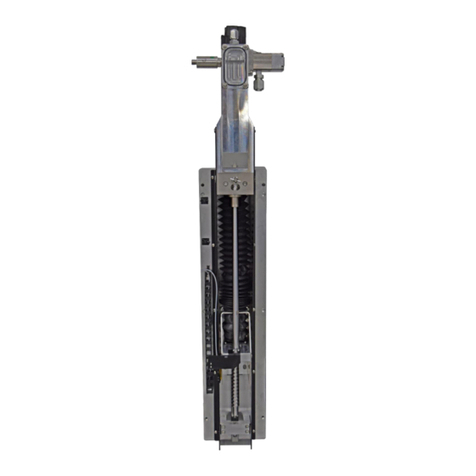
Revision A /September 2020
Table of Contents
Introduction .......................................................................................................................................5
PVA Contact Information ........................................................................................................5
Document History.....................................................................................................................5
Safety ..........................................................................................................................................6
System Description ................................................................................................................. 8
Theory of Operation ................................................................................................................ 8
Description of Components....................................................................................................9
Personal Protective Equipment.............................................................................................9
Waste Disposal...........................................................................................................................9
Necessary Tools ........................................................................................................................9
Setup .................................................................................................................................................10
Operation ...........................................................................................................................................11
Bleed the Pump........................................................................................................................11
Fluid Pressure..........................................................................................................................12
Material Flow Rate ..................................................................................................................12
Install the Needle ....................................................................................................................12
Snuff Back................................................................................................................................ 12
Pump Shutdown Procedure .................................................................................................13
Disassemble and Clean the Pump...............................................................................................14
Remove the Pump from the Workcell.................................................................................14
Disassemble the Pump ..........................................................................................................15
Clean All Wetted Parts ...........................................................................................................21
Assembly Instructions.................................................................................................................. 23
Assemble the Pump .............................................................................................................. 23
Install the Pump on the Workcell........................................................................................ 32
Maintenance ................................................................................................................................... 33
Replace the Dispense Needle.............................................................................................. 33
Replace the Star Shaped Coupling .................................................................................... 34
Replace the Stator................................................................................................................. 34
How to Use the PCP with Portal ................................................................................................. 35
Setup Mode ............................................................................................................................. 35




























